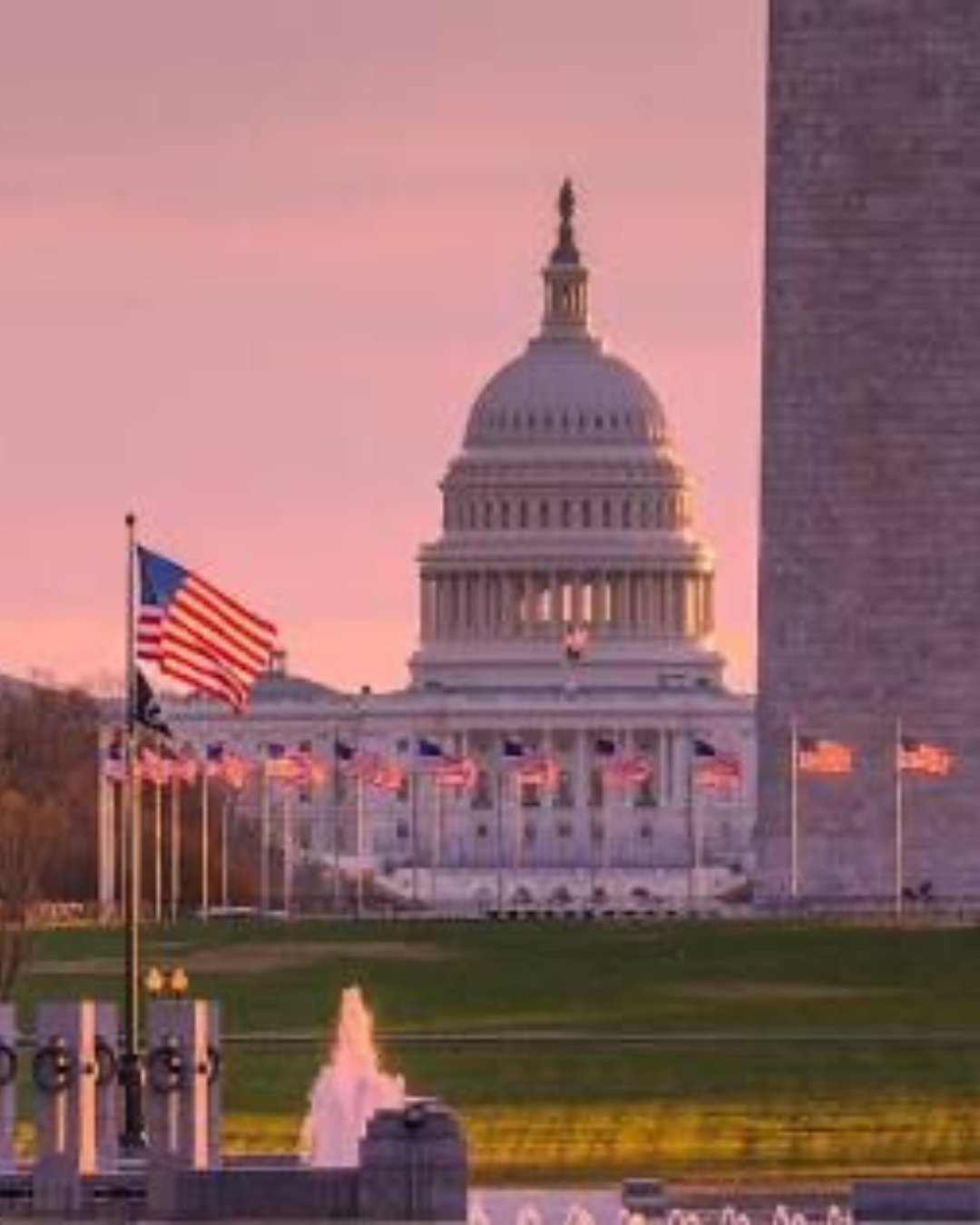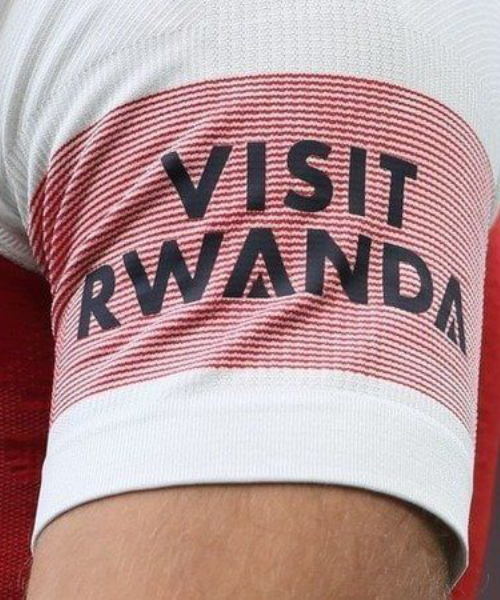A solemn state funeral was held Saturday in Tehran for nearly 60 Iranians, including senior military figures and nuclear scientists, who were killed during the recent 12-day conflict with Israel. The ceremony marked a poignant moment of national mourning amid escalating geopolitical tensions, following a ceasefire brokered earlier this week.
Thousands of mourners dressed in black flooded Enghelab Square, waving Iranian flags and carrying portraits of the deceased. Coffins, draped in the national tricolor and adorned with military insignia, were placed in formation as state officials and religious leaders led tributes.
Among those honored was General Mohammad Bagheri, Iran’s chief of staff and the highest-ranking military officer, whose death has sent shockwaves through Iran’s armed forces. Also laid to rest were Hossein Salami, commander-in-chief of the Islamic Revolutionary Guard Corps (IRGC), and nuclear scientist Dr. Mohammad Mehdi Tehranchi, a prominent academic and head of Azad University.
The funeral came days after U.S. airstrikes targeted Iranian nuclear facilities, following intelligence reports of uranium enrichment concerns. Former U.S. President Donald Trump confirmed Washington’s direct involvement, stating in a press briefing that he would “absolutely” consider renewed strikes should Iran’s nuclear ambitions escalate.
In a provocative series of posts on his Truth Social platform, Trump questioned Iran’s declaration of victory and claimed he spared Supreme Leader Ayatollah Ali Khamenei from a fatal strike, remarking that Khamenei “does not have to say, ‘thank-you, president Trump!'”
Iranian Foreign Minister Abbas Araghchi swiftly condemned the comments, calling them “disrespectful and unacceptable,” and reaffirmed Tehran’s stance that U.S. and Israeli attacks had failed to achieve “any strategic gains.” Despite acknowledging “excessive and serious” damage to key nuclear infrastructure, Araghchi warned that Iran’s resilience remained unshaken.
As the nation buries its dead and the international community braces for what may follow, the fragile ceasefire offers only a temporary pause in a conflict that has tested the limits of diplomacy, deterrence, and regional stability.











